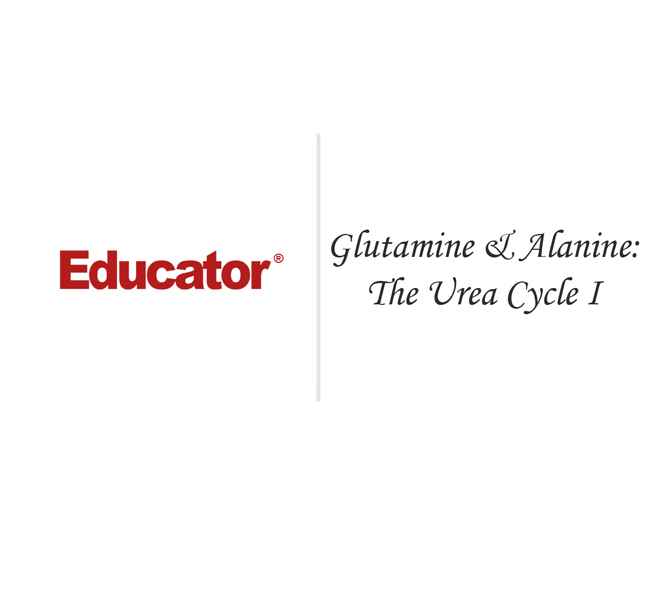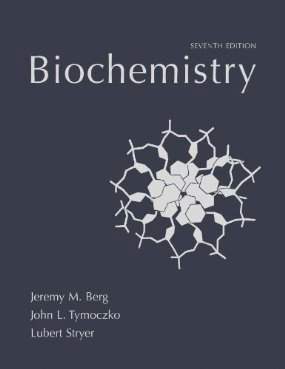Connecting...

For more information, please see full course syllabus of Biochemistry
Biochemistry Glutamine & Alanine: The Urea Cycle I
The catabolism or degradation of amino acids starts with the removal of the amino group. This can take place outside the liver, especially in muscle tissue, so glutamine (the amino acid glutamine with an extra amino group) and alanine hold the amino groups until they can be brought to the liver. In the glucose-alanine cycle, glutamate can transfer its amino group to pyruvate, which becomes alanine. Alanine can travel to the liver and react with alpha-ketoglutarate to produce pyruvate and glutamate again. In the liver, pyruvate can undergo gluconeogenesis to become glucose, which can travel through the bloodstream and be used as energy by the muscles. In the urea cycle, NH₄⁺ can be converted to urea (in humans). This lecture covers the mechanisms of the first part of the cycle.
Share this knowledge with your friends!
Copy & Paste this embed code into your website’s HTML
Please ensure that your website editor is in text mode when you paste the code.(In Wordpress, the mode button is on the top right corner.)
- - Allow users to view the embedded video in full-size.










































 Answer Engine
Answer Engine




2 answers
Last reply by: Sally Reina
Tue Sep 5, 2017 9:57 PM
Post by Sally Reina on September 5, 2017
The previous lecture "Overview & The Aminotransferase Reaction" lesson is not working. It reads:
404 Not Found
The requested URL /learn/chemistry/biochemistry/hovasapian/overview-%20-the-aminotransferase-reaction.php does not exist.
1 answer
Sun Apr 27, 2014 4:06 PM
Post by Torrey Poon on April 17, 2014
Prof. Hovasapian,
For Rxn 2 you said we are still in the same enzyme. Are you referring to ornithine transcarbamoylase?